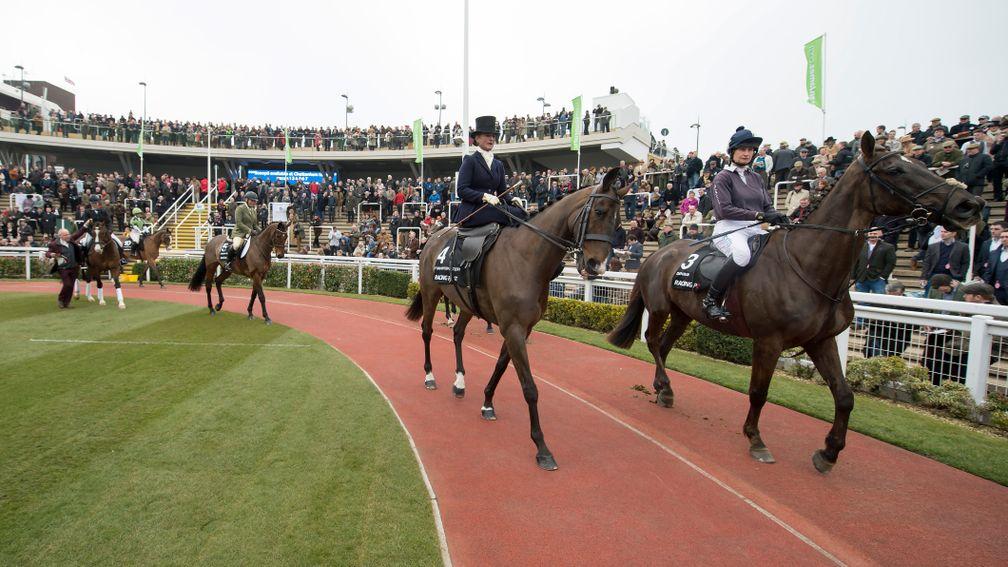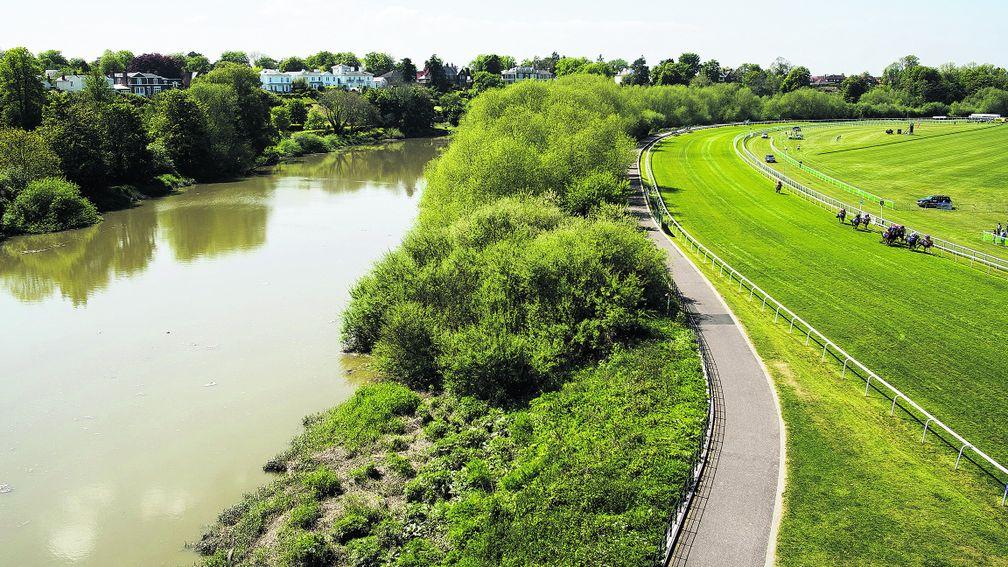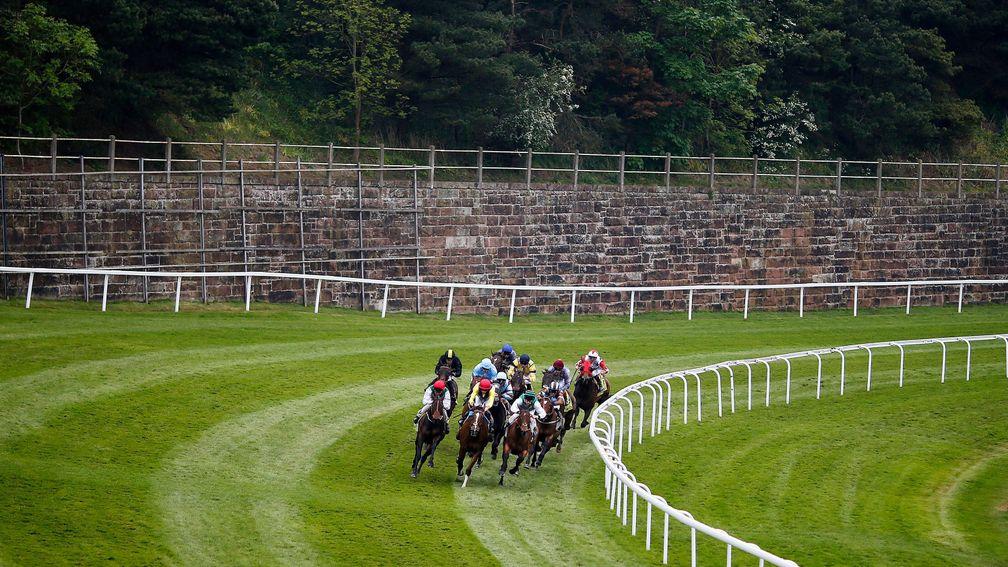Racing must unite in drive to enhance the lifetime care of horses

Racing is already awash with acronyms. There is now another to learn; and it is an important one for it relates to a body that has charged itself with focusing on what is unequivocally the racing and bloodstock industry's most important requirement - the welfare of horses.
On Wednesday and Thursday, the International Forum for the Aftercare of Racehorses (IFAR), an independent body established to help advocate the enhancement of lifetime thoroughbred care around the world, will stage a conference in Washington. To whet the appetite, some of those who will be present attended a seminar at the Irish National Stud last week, aimed at raising the subject's profile within Ireland.
Those who heard the seven speakers – which included Godolphin's Diana Cooper, whose own organisation is passionate about lifetime care for racehorses – will have left with plenty of food for thought.
Globally, progress has been made to ensure racehorses of all abilities have the opportunity to enjoy a safe and fulfilling life once coming out of training.
Britain can be proud at having led the way, with Retraining of Racehorses highlighting the many equestrian disciplines at which thoroughbreds can excel after leaving the track. A large number of marvellous equine charities do invaluable work retraining, rehoming and, indeed, rescuing horses. Furthermore, the BHA has racehorse welfare at the very front of its thinking under a chief executive, Nick Rust, who is genuinely passionate for the sport to do better.
The Irish National Stud's chief executive John Osborne did not host last Thursday's event because there is a crisis in Ireland. The overriding theme was "good today, better tomorrow".
There is, however, an acknowledgement that in Ireland, a country built on agriculture in which the racehorse has culturally been viewed by some as a stock animal, the topic can be regarded, if not as taboo, then harder to discuss. It is to the enormous credit of Osborne, who this summer leaves the stud having been its superb leader for so long, he made sure it was discussed.
The speakers were diverse, but while most were not directly linked to racing, what they said was extremely relevant to racing. We were shown harrowing pictures that confronted us with inexcusable, unforgivable neglect.
A number of those pictures were of former racehorses. Some were of foals, underlining that the sport has a responsibility to horses before they go into training as well as thereafter. Everything, however, was wrapped up in two messages – one, racing must own the welfare space; the other was that the responsibilities of ownership are not limited to the time a horse is in training, nor indeed once that horse is sold.
Explaining why, Osborne said: "One very prominent owner has made clear to me their ownership doesn't end just because a horse changes hands.
"If a high-profile person sells a horse to somebody who subsequently sells the horse to somebody else who subsequently sells the horse to somebody else, eventually that horse can still be traced back to the original owner. It's a PR disaster for that owner if the horse has fallen into neglect.
"The ownership burden is much greater than maybe we realise, particularly in the eyes of the man in the street, who doesn't take time to ponder on these things, but is very quick to jump on a bandwagon when negative stories gather momentum."
That 'man in the street' also featured in the address given by Peter Webbon, formerly chief executive of the Horseracing Regulatory Authority and Animal Health Trust.
"It is important to remember the man in the street because he is ultimately the person who decides whether whatever activity we take part in is acceptable or not," said Webbon.
"There is a lesson to be learned from the hunting bill in Great Britain, whose government thought it would gain some sort of popularity from banning hunting.
"We always have to be aware of satisfying the general public that racing animals are properly cared for throughout their lives. Mistakes have been made in the past.
"The public won't buy that thoroughbreds are only our responsibility while they remain in training. It won't wash. If we breed an animal to race we must be responsible for it in all stages of life, which includes pre-racing life and life after racing."
Webbon added: "In Ireland the disconnect between the general public and the racing public is much less marked than it is in most other countries. That could change and it probably will change. The future has a nasty habit of surprising us.
"Don't wait for a problem to arrive before deciding what to do about it. Put in place a good level of readiness, so that whatever happens we can be confident of dealing with it."
That readiness must come with ever greater commitment and investment to protect racehorses throughout their lives.
This column last year related how a number of emaciated, distressed and suffering mares, foals and geldings had been found in France while in the wholly inadequate care of someone who had already been banned from owning horses.
A number of the horses, it was discovered by the individual who found them, had been trained and raced in Britain. Some had competed most recently for an extremely well-known owner who, although not personally guilty of doing anything wrong, could have easily been embroiled in the sort of PR disaster to which Osborne referred.
That would have been regrettable. Far more regrettable was the state of the poor horses in France. Those, and others like them, remind us of the task we face.
Owners, and indeed breeders, have a colossal responsibility, not simply to their horses in the present but also in their future. Organisations that retrain horses are right to use famous thoroughbreds as a means of promoting what can be achieved, but competitions for ex-racehorses in disciplines such as showing and eventing must do more to embrace those with undistinguished careers on the track, for they will often be the most vulnerable.
Ever greater thought must be given to help those horses not easy to retrain, including animals who could give pleasure as nothing more than a hack. Yet racing must also be confident enough to make the case for responsible and considered euthanasia in those instances when it is the best and kindest approach.
That those linked to IFAR are raising awareness and making us talk about this difficult subject is a very good thing.
It is also encouraging that in Britain – where the sport now has a director of equine health and welfare – the BHA is showing commendable ambition by aiming to introduce a new level of microchip that would be able detect the precise location of a horse at any point. On many different levels, including in the fight against wrongdoing, that could be hugely beneficial.
Much is being done to improve the lifetime care of racehorses. Much more needs to be done. Let us now start to do it.
BHA must close non-runner loopholes
The results of the BHA's review of the rules relating to non-runners has been expected for some time. They cannot come soon enough.

In what was supposed to be a 15-runner dash on Thursday, the horses drawn 11, 13, 14 and 15 were non-runners. One of them was scratched with a veterinary certificate on Wednesday, 43 minutes before the 10am declaration deadline for a Chester race on Friday, in which the horse ran.
None of the trainers involved broke any rules. The rules, however, are not fit for purpose and are weak enough to be treated like a gaping tax loophole.

He says: "It is clear the current non-runner rules are open to abuse, albeit you can hardly criticise trainers from making the most of such an easy-to-manipulate rule.
"Welfare of both horses and jockeys is paramount to us. Given those welfare concerns, it is surprising a horse can be declared a non-runner one day with a vet’s certificate and run the next, something that would simply not be allowed in some other jurisdictions."
Those other jurisdictions have much tighter and tougher non-runner rules. Our rules need tightening and toughening. The BHA's conclusions are eagerly awaited.
Published on 5 June 2017inComment
Last updated 12:30, 5 June 2017
- The whole shape of the Irish Flat season is being defined by one man only - and even his main targets lie elsewhere
- Analysis: Flutter and 888 have enjoyed contrasting fortunes but they still have things in common
- Only a baby step but an important one if racing is to keep some of its David v Goliath moments
- There are so many great betting opportunities on Saturday - here are my best bets including a very strong Curragh fancy
- Coolmore and Godolphin spare the sport some embarrassment - and not for the first time
- The whole shape of the Irish Flat season is being defined by one man only - and even his main targets lie elsewhere
- Analysis: Flutter and 888 have enjoyed contrasting fortunes but they still have things in common
- Only a baby step but an important one if racing is to keep some of its David v Goliath moments
- There are so many great betting opportunities on Saturday - here are my best bets including a very strong Curragh fancy
- Coolmore and Godolphin spare the sport some embarrassment - and not for the first time